Contribute information about spots
Add Spot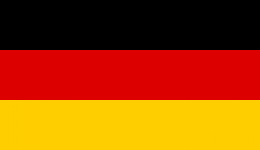
Kitesurfing in Germany
If you think of a European destination where “beer,” “bratwurst,” and “vast highways” are keywords, then Germany comes to mind. But Germany is much more: how about the beautiful cities, great nightlife, and unpopulated islands with beautiful nature? Or how about surfing on a river in the middle of a city and, of course, the beautiful kitesurf spots perfect for the Freeride and Freestyle kitesurfers!
HIGHLIGHTS OF GERMANY
THE CITIES
Great cities such as Hamburg, Berlin, and Munich have it all: from art museums and classic opera to underground clubs. You'll find yourself wandering through the streets full of architectural creations from the Romanesque, Gothic, and Baroque times. In Berlin you mustn't skip Club Sage and make sure to grab a bite at Tiki Heart Cafe + Shop or head to Taquería Ta’Cabrón for the best tacos in town.
KITESURF EVENTS
Germany might not be considered the windiest place in Europe, but still, the country hosted dozens of kitesurf events and competitions, including one of the stops on the freestyle kiteboarding world tour. Germany holds a variety of kitesurf spots: from deserted and super flat with sheep on the grassy area where you launch your kite, to spots with waves, chop, and wide sandy beaches as far as you can see.
ECO-FRIENDLY STORES
It's great to contribute to the environment by stopping buying new, unsustainably-produced (and disposable) stuff and instead buying eco-friendly & second-hand. In Germany, you've come to the right place for this. There are plenty of small boutiques and eco-friendly stores run by freelance designers, for example. You can find them in the St. Pauli district in Hamburg. Rather buy second-hand? In the cities you will find many flea markets. In Berlin, visit the Sunday flea markets at Mauerpark, Arkonaplatz, and Boxhagener Platz.
THE BLACK FOREST
Take a hike on one of the many forest trails the Black Forest holds. This forest gets its name from its canopy of evergreens. You'll find valleys, luscious meadows, and fairytale-like farmhouses. During winter you'll come across some snowy slopes here too, which makes the area very popular for a weekend of snowboard/ski-action for the locals (snowkiting is done here, too).
PALACES OF POTSDAM
Visit the palaces of Potsdam. This place is located on a river about 20 kilometers from Berlin. You can get here by public transportation. We advise you to visit the Prussian Royal Seat. This is where you can see amazing gardens and palaces that have been under Unesco World Heritage since 1990. The old market and the New Palace are worth visiting too.
KITESURFING IN GERMANY
There are many beautiful kitesurf spots, perfect for the freeride kitesurfer. Most of them you’ll find in the North of Germany along the coastline. Both the North and the Baltic Sea have their fair share of must-visit European kitesurf spots. Therefore, you don't have to look far to find a spot that suits your needs. A large shallow area where you can stand and flatwater ride? The not without reason well known Loissin or the lesser known but not less beautiful peninsula Rügen are places where you can have a lot of fun. Do you want vast sandy beaches, lots of space, and a bit of a challenge? Sylt will satisfy your hunger for these conditions.
Don't forget to pack a (somewhat thicker) wetsuit, because both water and air temperatures never really rise up to a point that it gets really warm in Germany. Nevertheless, kitesurfing on these open waters, with steady winds and no obstacles or hazards below the surface, really is worthwhile.
WHEN IS THE BEST TIME TO KITESURF IN GERMANY?
Due to stormy weather in the fall and winter, Northern Europe's Germany is popular for storm-chasers. Unfortunately, that period usually also brings a lot of rain and cold air, which makes this time of the year not ideal for kitesurfing. But spring and summer also bring more than enough wind days in Germany. Temperatures are pleasant then as well, and some spots even have thermals, making it definitely not a wind-uncertain destination.
WHAT ARE THE BEST KITESURF SPOTS IN GERMANY?
Loissin

A spot that satisfies the needs of many: flat to choppy waters, a lot of space on the water, and a large standing-deep area make Loissin a top priority to go and ride for kitesurfers visiting Germany.
Sylt
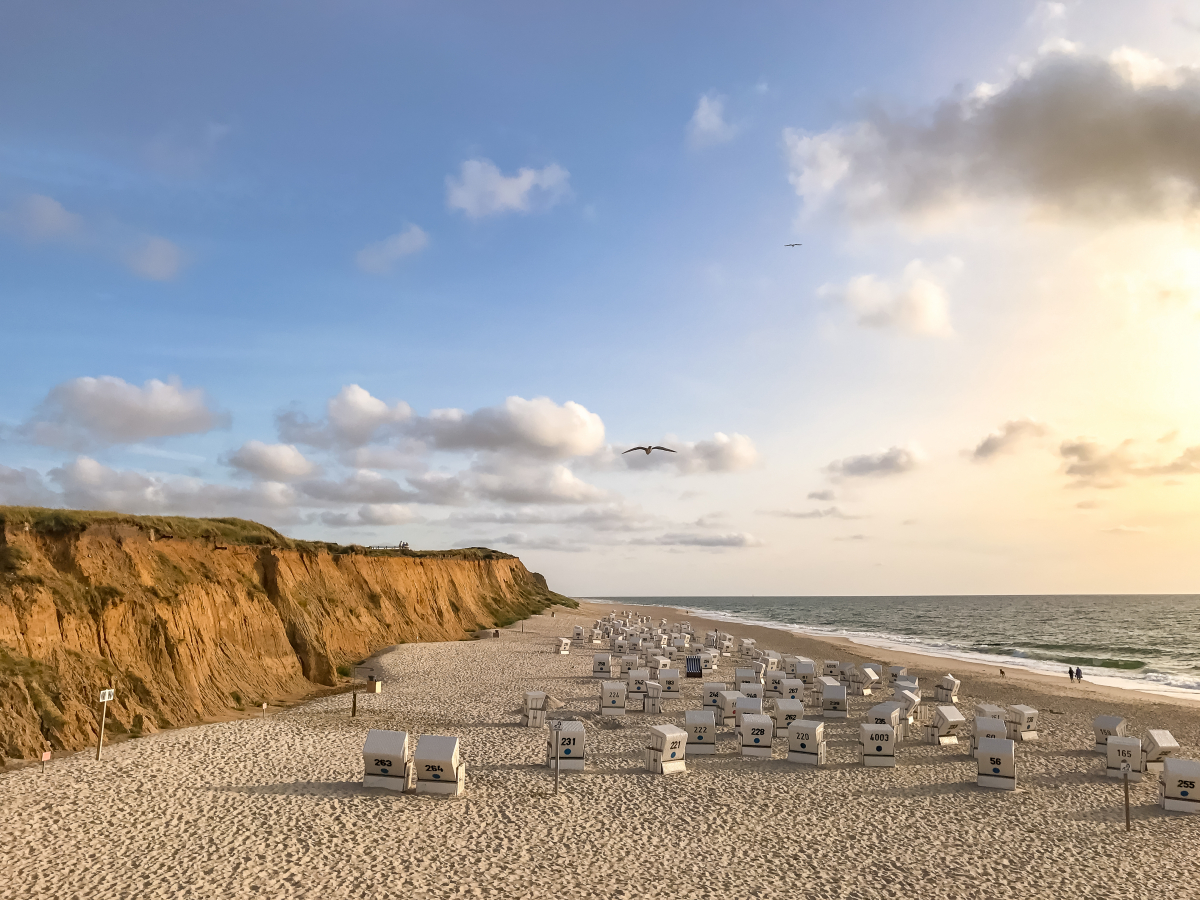
Close to the Danish border lies Germany's most famous Wadden Island: Sylt. This island is not even 100 square kilometers and due to erosion the island is still shrinking bit by bit. The water conditions can be turbulent at this spot where you often find waves. A beautiful spot with a wide sandy beach. The pretty dunes with beach grass complete the picture.
Gelting

This spot on the Baltic sea is where you want to kitesurf. Especially if you're looking for an accessible spot that always works and which is unquestionably suitable for beginners. This area has some great benefits: it has a very large standing area and the variety of spots (3) that make kitesurfing possible in any wind direction. The bays border a narrow shell/sand strip and grassland where you can rig, start, and land.
Butjadingen
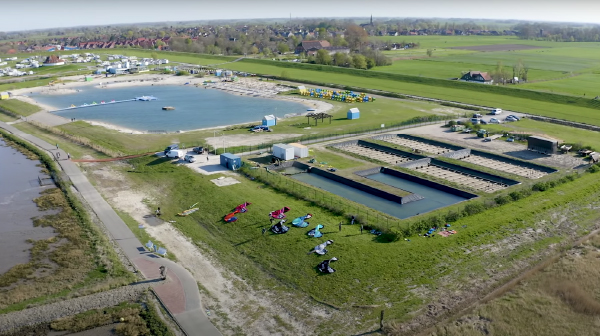
Butjadingen is a piece of Germany that juts up into the North Sea. Kiteboarding is possible on both sides. At Burhave and Tossens. Ebb and flow are making the spot look different as night and day. Yet the shallow and mostly flatwater remains, making Butjadingen a popular kitesurf spot just a few hours drive from Hamburg.
Bremerhaven
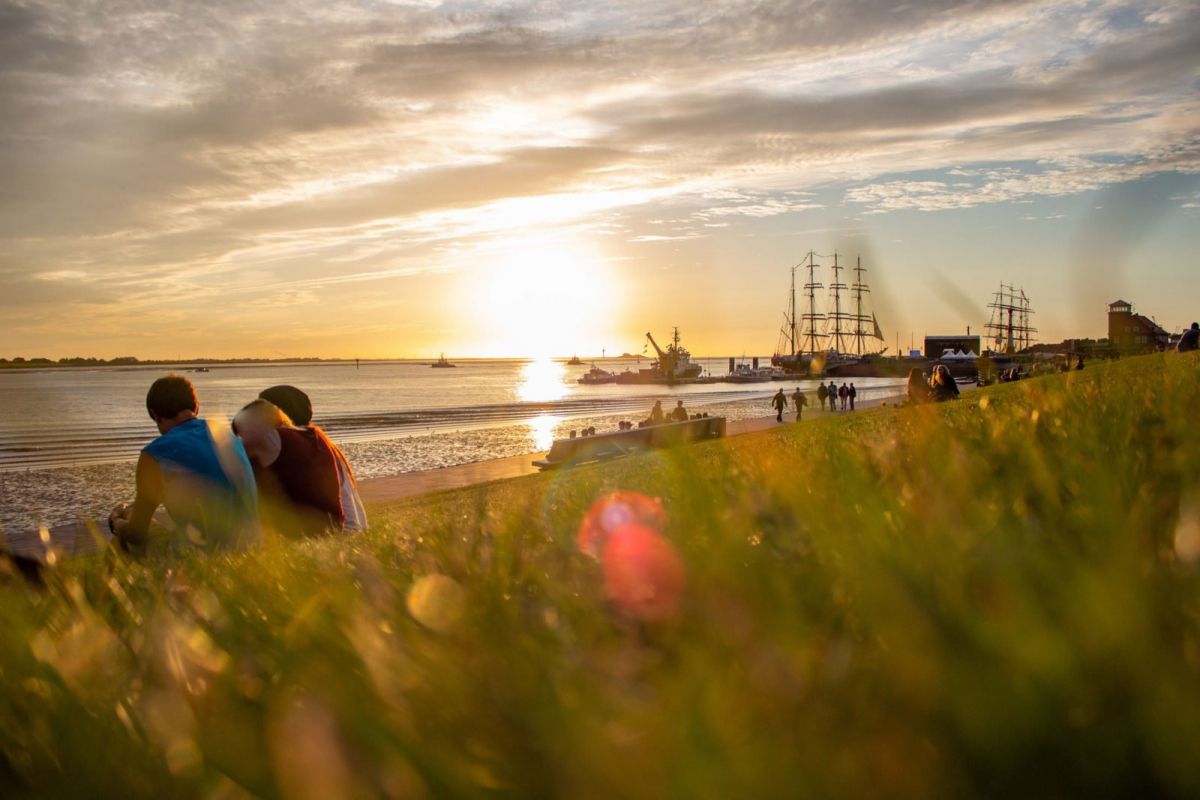
Bremerhaven is to the right of Butjadingen on the map. You will find similar conditions to the last mentioned. Wremen and Dorum are two great spots north of Bremerhaven: Shallow, flat, chop, and small waves are keywords for the spots in this area.
Barlt

To the northeast of Hamburg lies Barlt. The place is ideal for beginners in kitesurfing due to its huge pitch and plenty of space. Nature is also beautiful here and, in addition to kiting, it's fun to go mountain biking or cycling.
Bielenberg
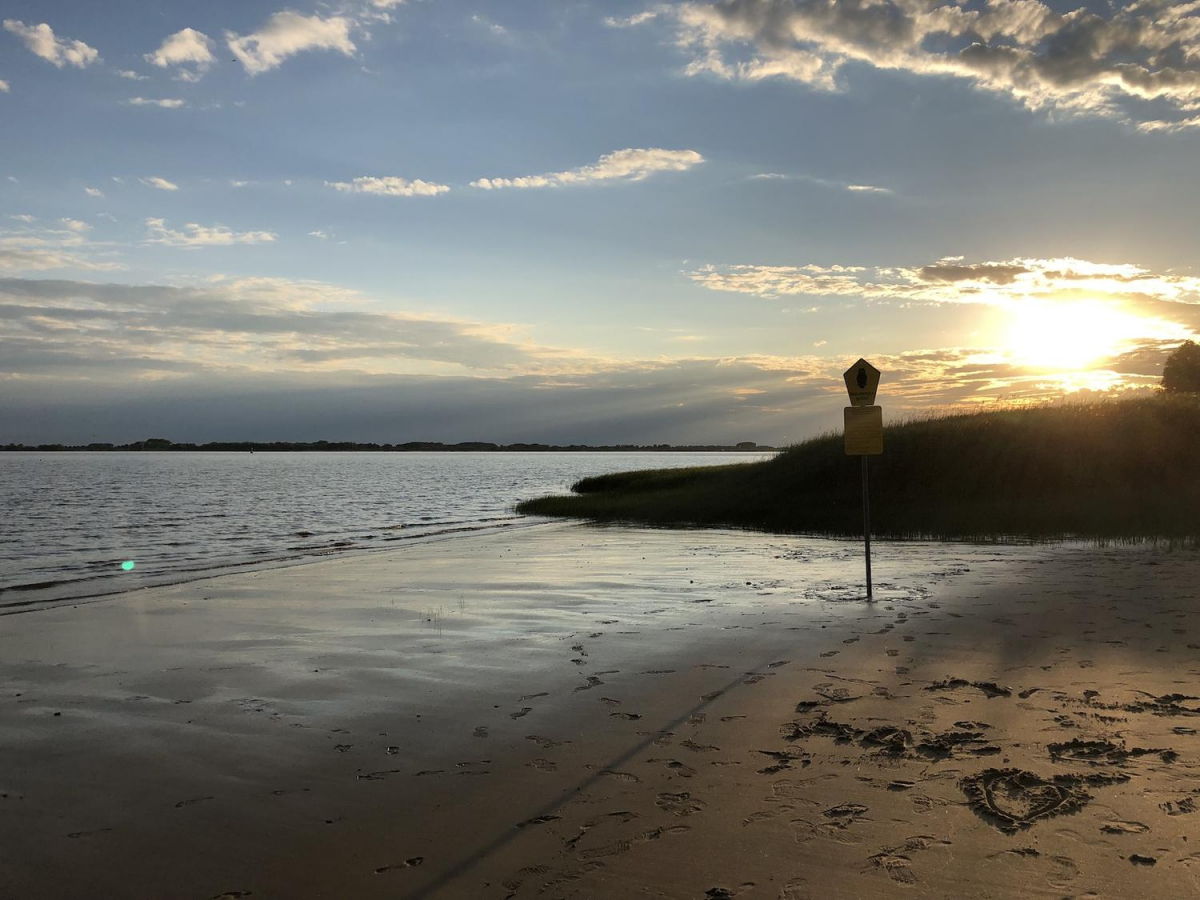
Bielenberg is just a half-hour drive from Hamburg and therefore very popular as an after-work-session spot for the Hamburgers. This spot in the river Elbe has a fine sandy beach where you can rig up and unrig. Enjoy kitesurfing alongside a beautiful landscape. The water here is choppy, but when the wind is stronger, a small chop wave builds up which is ideal for jumping with the twintip or riding a directional.
ABOUT THE COUNTRY
A Brief History of Germany
Germany has an eventful history, to say the least. The Germanic tribes advanced from the North toward the South even before the era began, and when the Roman Empire fell, they settled within those then borders. During the Middle Ages there were great misfortunes for the people such as the raging of the Black Death. This event in particular led to pogroms against Jews. All Jews were either murdered or exiled; many fled to Poland. These disasters meant that Germany's development was not very fast: as a result, there was a lot going on, not only politically but also religiously and economically.
Many turbulent years followed, amongst them the Thirty Years' War with France, Spain, and Sweden. Much of that was fought in Germany, leaving the country blighted. Then, there was the battle against the French during the time of Napoleon Bonaparte (1789-1815). After this period Germany wanted to stabilize power, so the German states united as the "German Confederation." In 1849 came the constitution for the German Empire with a Reichstag as legislature and universal suffrage.
The empire was authoritarian, anti-liberal and strongly militaristic.
Under the leadership of Reich Chancellor Otto Bismarck, Germany became economically stronger: with much territory conquered overseas, such as Namibia, to trade. Wilhelm II succeeded him but his new course (for trade) made the British, French, and Russians begin to form an anti-German bloc, the Triple Entente.
In 1914, World War I ensued, a war glorified and initially fully supported by many people of all parties. However, the price paid for this war was high: the war ended with a trench war in which an awful lot of young soldiers died. In 1917, the Americans entered the war and Germany came to realize that she could not win the battle and had to negotiate with the Allies to end the war.
The period between World War I and World War II is also called the interwar period. The Germans were given a more socialist government and the country could not recover well and fell into a great depression. Economically things were very bad and after the stock market crash in America, the economy collapsed completely.
Shortly after, or actually during this period, Adolf Hitler came to power (1933). He emerged as a dictator: citizens were given far fewer rights, and school was placed under state control. Jews in particular faced severe discriminatory measures. At this time, the population started to get thoroughly indoctrinated. Censorship was introduced. It became impossible for newspapers, radio stations, and even art to freely spread feelings, thoughts and information. At this time the Penal camps were already built. Initially for political opponents, but later Jews, homosexuals, and the Romani people ended up there too. Germany isolated while Hitler reintroduced conscription, produced superior weapons, and expanded the army.
On Sept. 1, 1939, after months full of threats, German troops crossed the Polish border, ending the Interwar period and beginning World War II. On May 10, Germany attacked the Netherlands, France, and Belgium. The Netherlands surrendered after five days. Not long after, France also succumbed to the now practiced German armies (the Blitzkrieg). Years of heavy fighting and gross war crimes followed with millions of casualties. The extermination camps killed people in large numbers in an unimaginably inhumane way. The estimate is 62 to 72 million people. A shocking, unfathomable number.
There was growing opposition to the war and the way Hitler conducted it. And after several failed attacks, including in France, things went downhill for the Nazis: in 1945 the Soviets and Americans conquered large parts of the east and west. Hitler retreated to Berlin and committed suicide.
After WW2, Germany was divided into West Germany (the Federal Republic of Germany) and East Germany (the German Democratic Republic). A wall divided Berlin, which was situated on the border. It was not until the early 1970s that east and west started talking. After the fall of the wall—a symbol for the divide east and west—in 1989, the borders opened. Yet, it took several years until the Federal Republic of Germany was formed (1990 to present).
Other Attractions in Germany
For those who want to learn more about Germany's eventful history, opt to visit parts of the fallen wall between east and west Berlin. Apart from the cultural sights, Berlin has much more to offer: from underground clubs to Europe's best flea markets. Rather have more action but still want to enjoy some time in a city? Visit Munich and surf the river! This is a popular activity for both locals and tourists, so there are almost always surfers riding the wave behind the bridge in the Eisbach.
As Germany holds the world record for the number of brands and types of beer, this country definitely has plenty of good places to enjoy a cold beer at some point! You might want to do so, during "Oktoberfest"! This is an annual folk festival in Munich. It is considered the largest beer festival and folk festival in the world.
Apart from the cities, Germany also has beautiful nature such as National Park Hainich and National Park Jasmund. The latter has chalk cliffs and beautiful hiking trails, located on the Rügen peninsula which also has several beautiful kitesurfing spots like "Wiek."
Getting to Germany
To travel to and within Germany, you can use the extensive train network (Deutsche Bahn). A more sustainable choice. Many international trains go to surrounding European countries such as the Netherlands and Austria. Also within the country, it’s easy to hop on a train. From Hamburg trains run to Greifswald (where Loissin is located).
The major cities almost all have international airports. Some are also busy transfer airports for onward destinations. For example, you often fly through Munich when traveling to distant destinations from Europe, such as South Africa.
Airlines like British Airways and KLM fly to cities like Hamburg and Berlin. Hamburg is a good base to start your kitesurfing vacation in Germany and from Hamburg airport you can rent a car to drive on the vast "Deutsche Autobahn" towards one of the many beautiful kitesurf spots Germany holds.
USEFUL RESOURCES
Best Season
The best and most popular time to visit Germany for kiteboarding is between April and October. This is when you will get the better weather and stable winds. Across the coastline during this time you will find an array of conditions.

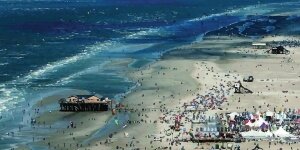
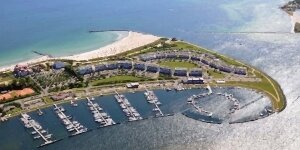
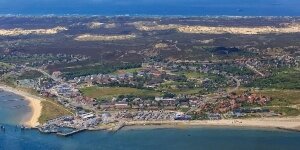
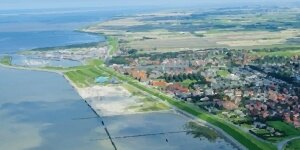
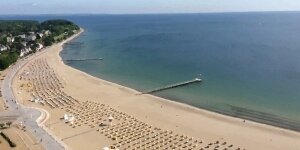
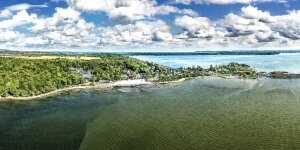
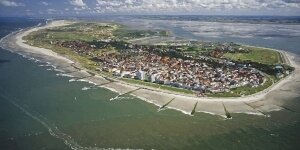

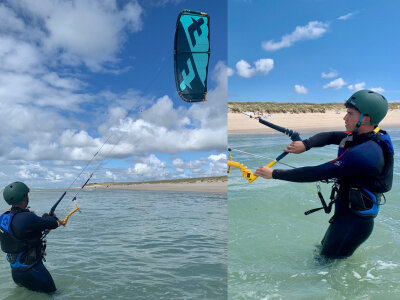
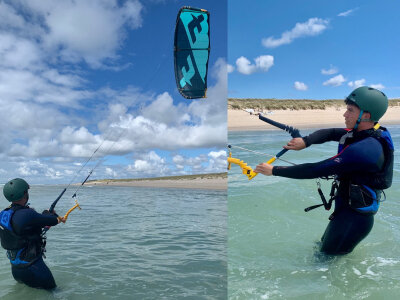


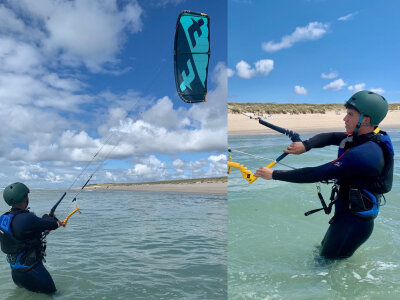
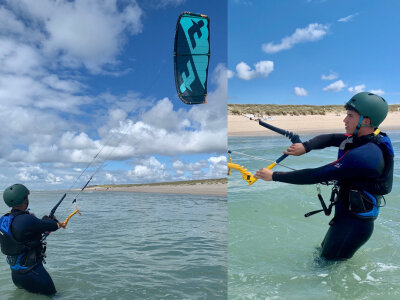
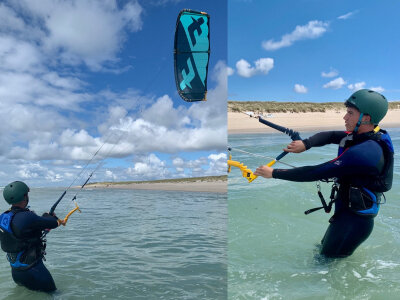
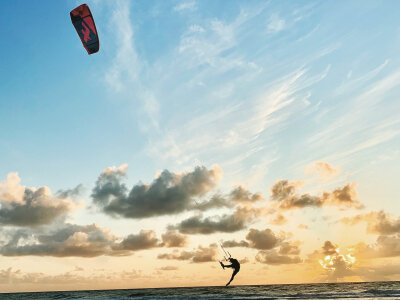

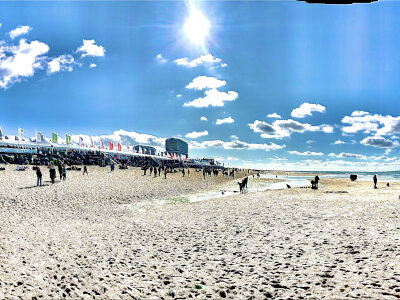


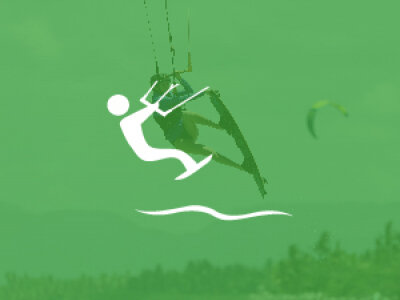

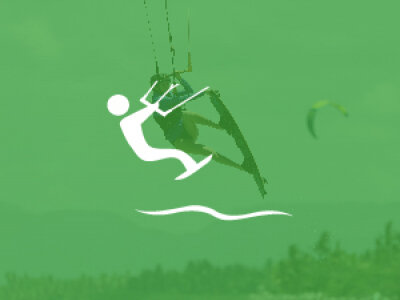
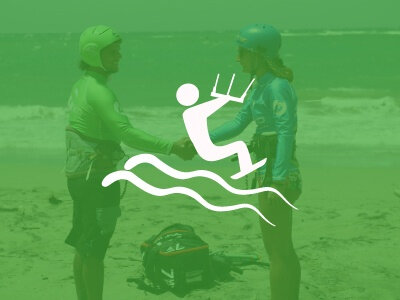
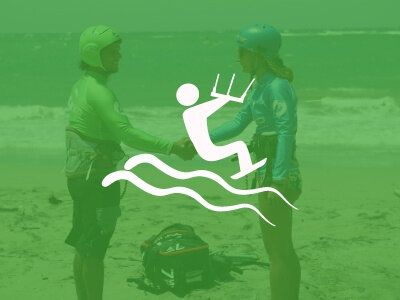

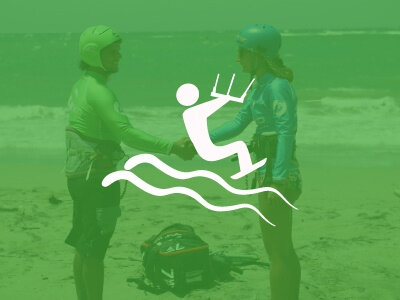

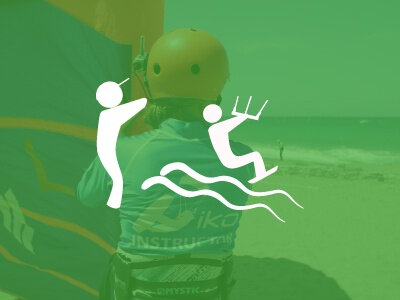
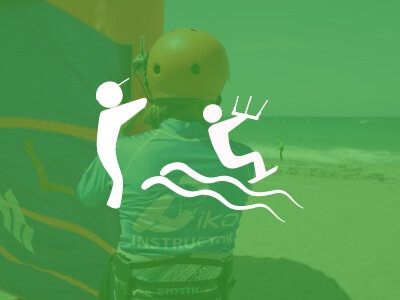
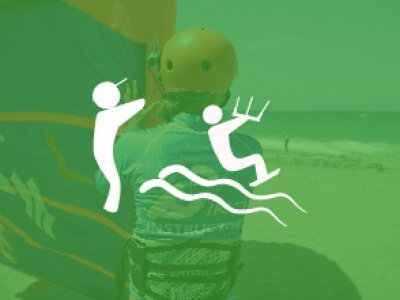
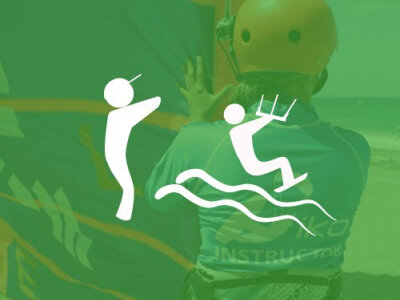
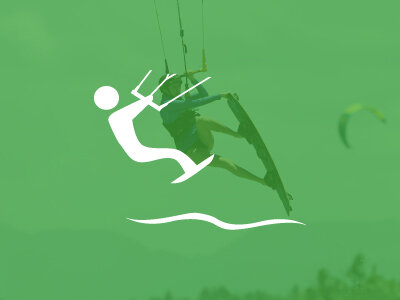
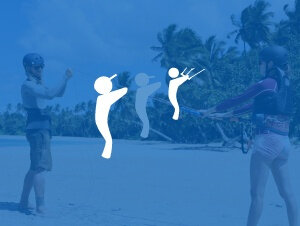
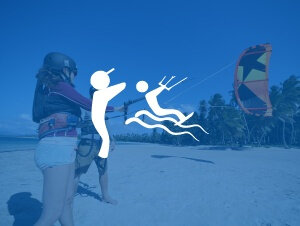
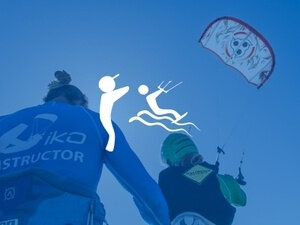
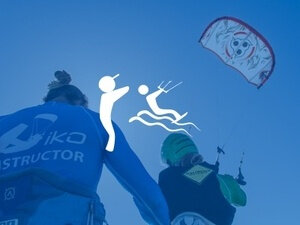

.png)

